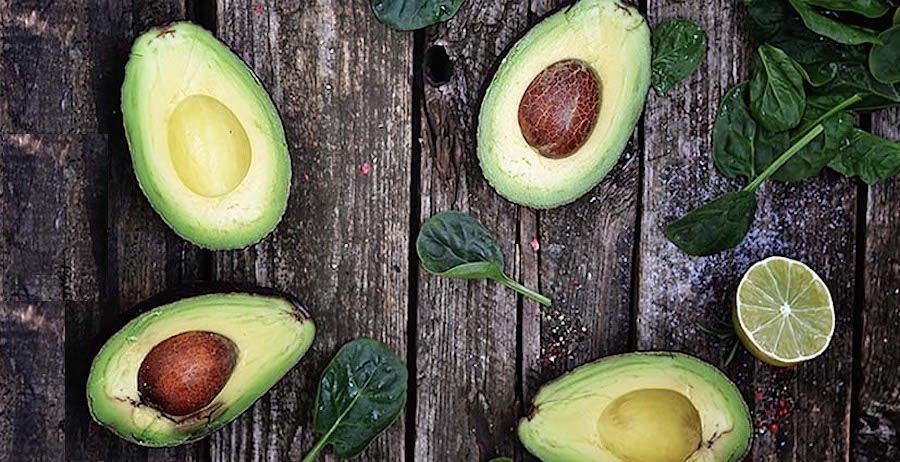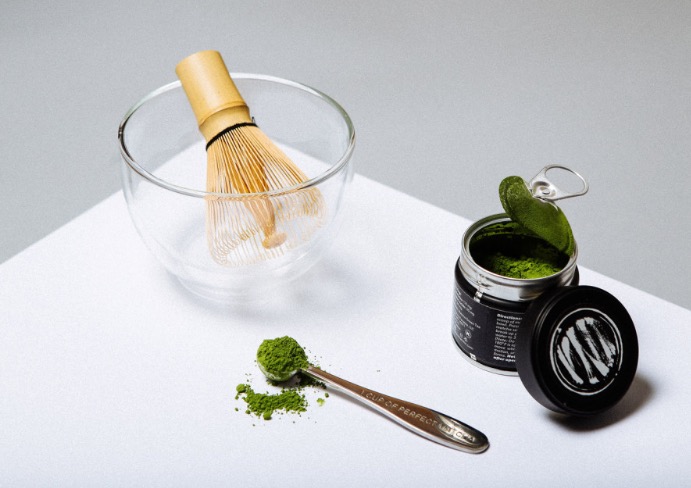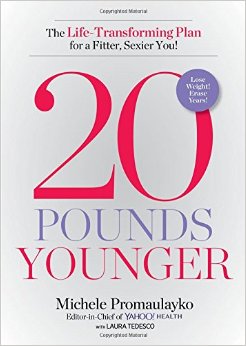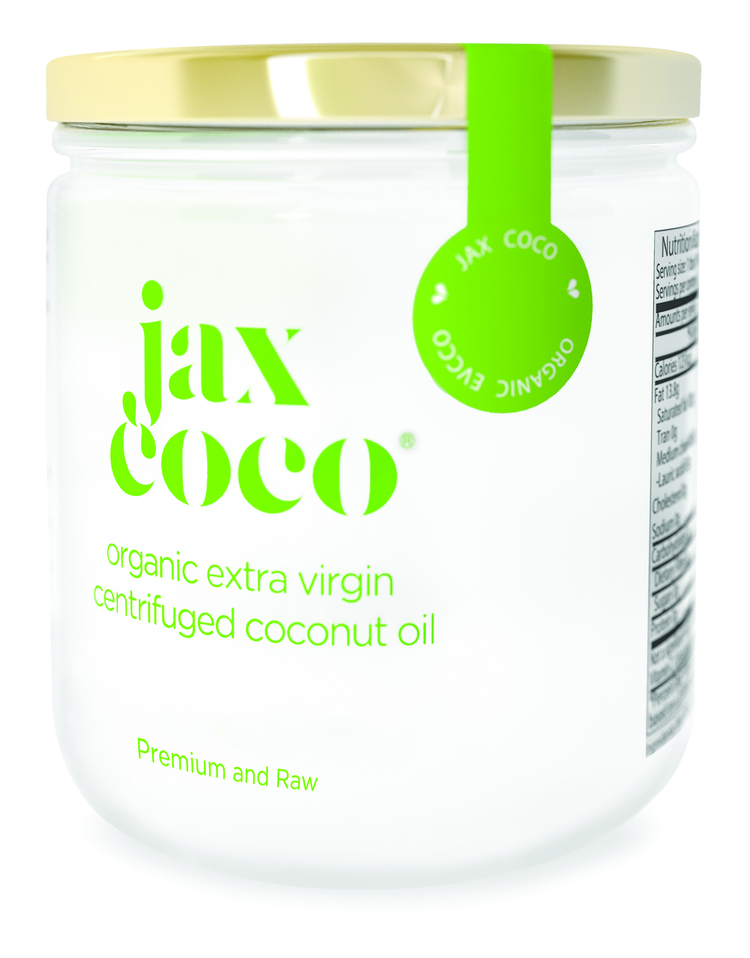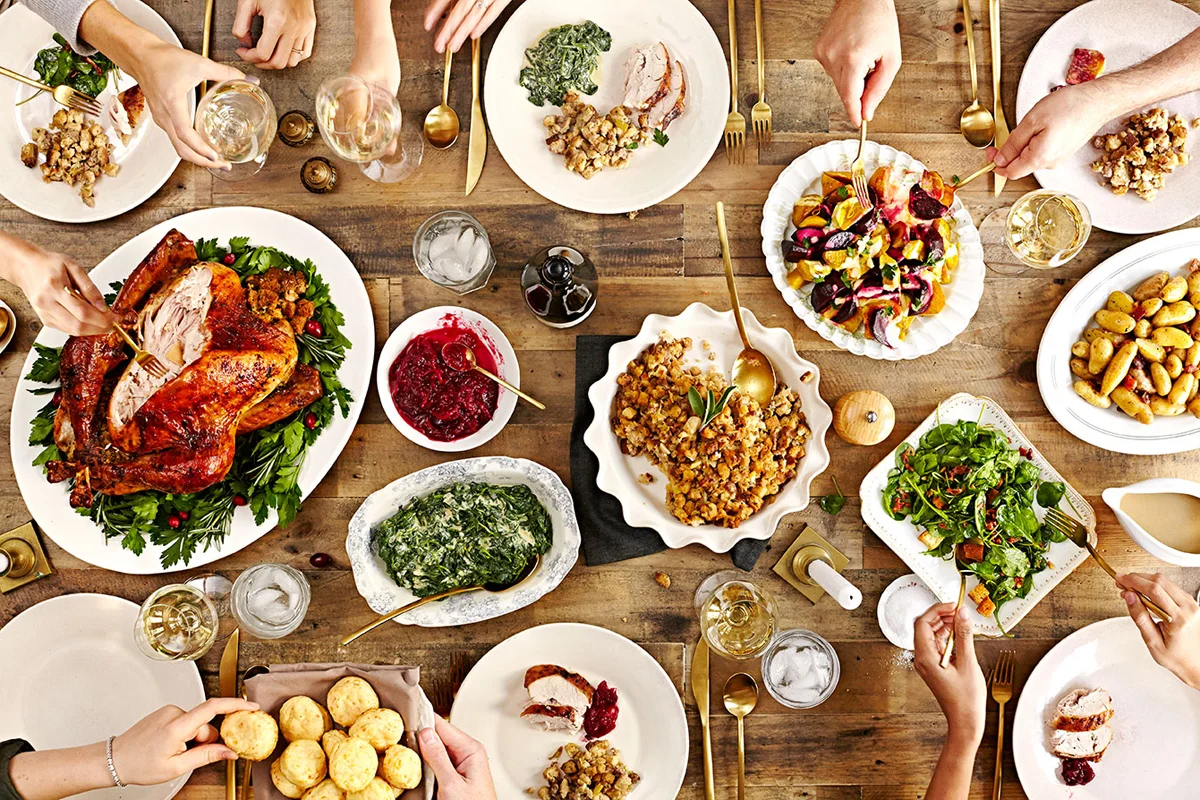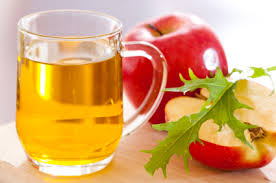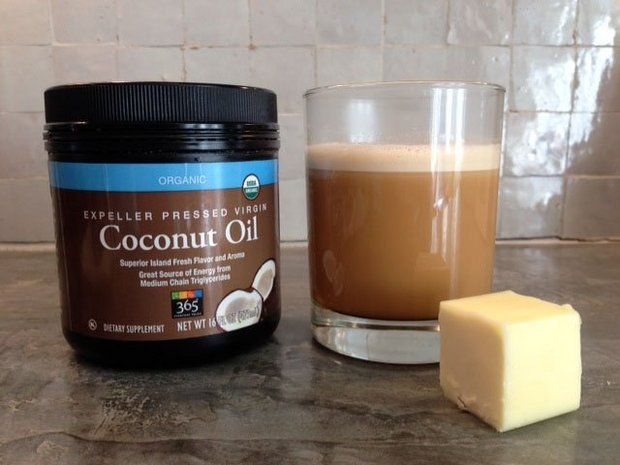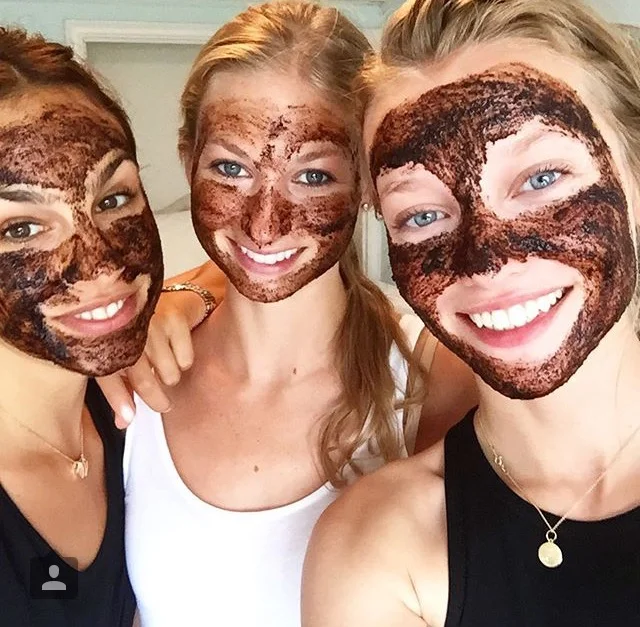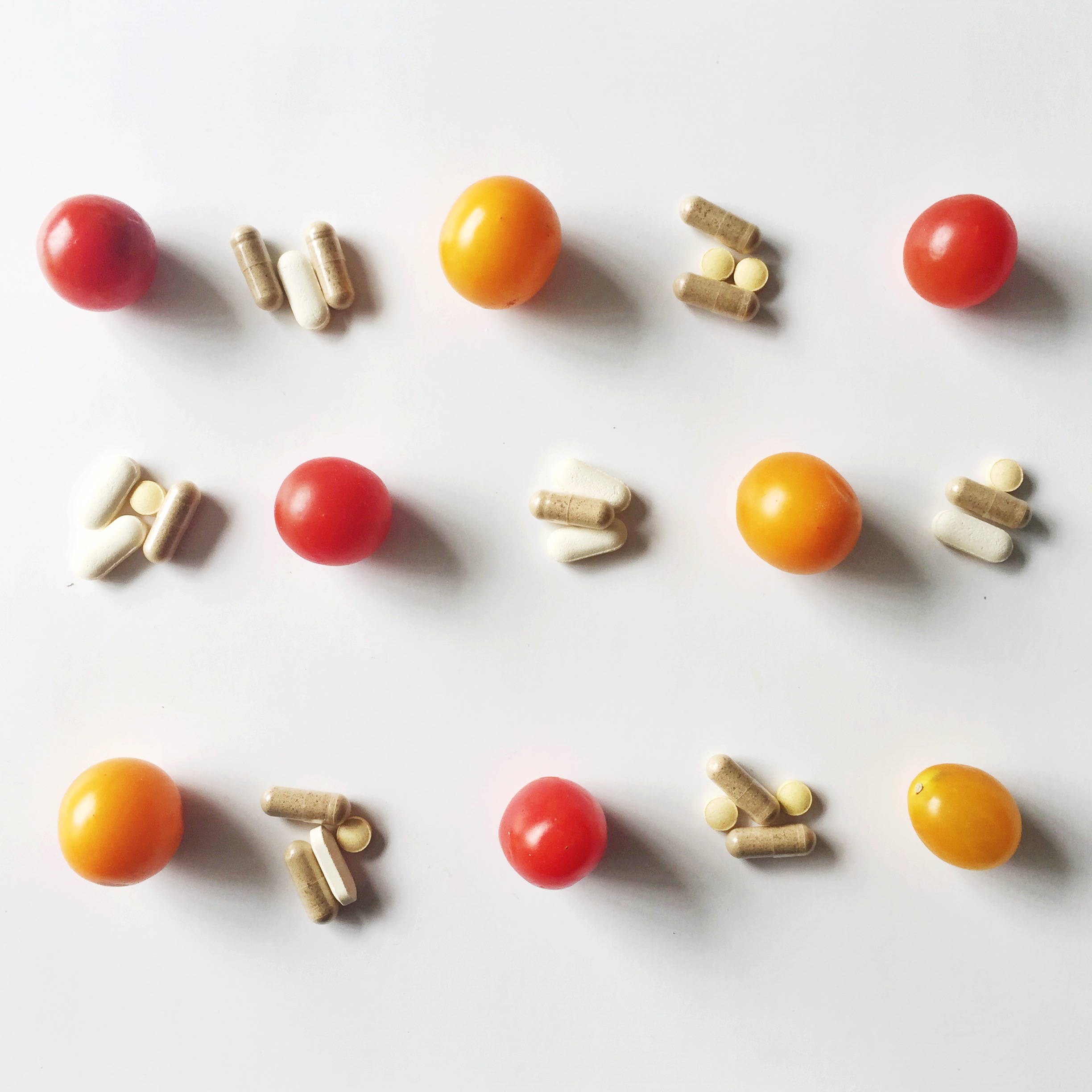A few weeks ago we teamed up with Mister Spoils and held an "ask us anything" event for 24 hours. We received a nice mix of thoughtful questions and concerns about diet and health. Since many of you had similar questions, we decided to compile a list of the top 5 most frequently asked questions and share the answers with all of you. Don't worry, your questions remain anonymous. We wouldn't do that to you.
1. Is the Paleo Diet good for me?
The Paleo Diet was developed on the premise that we should be eating the way our cavemen ancestors once ate. In our modern world, there are pros and cons to eating like a caveman.
The diet encourages tons of healthy foods, like vegetables, fruits, lean meats, nuts and seeds, and healthy fats. It also says unhealthy foods like refined sugars and processed foods are a no-go. We’re all for these recommendations. The downside is that it eliminates foods that we think are important for good health. For instance, whole grains like quinoa, whole wheat, and brown rice are packed with fiber and nutrients. Studies have shown that the optimal source of fuel for our brains is carbohydrates, meaning it’s important to make healthy carb choices to maximize brain function. Legumes like lentils and garbanzo beans are also good sources of vegetarian protein and are packed with fiber, which helps to keep us feeling full and satiated.
Dairy is a bit more controversial. Many people are lactose intolerant to begin with, and other people may have adverse reactions to milk proteins. In these cases, we recommend avoiding dairy. On the contrary, some people tolerate dairy just fine. If this is the case for you, dairy can be a great way to get your protein and calcium fix, and foods like low fat Greek yogurt or cottage cheese make convenient on-the-go snacks.
2. What is the best food to eat after a workout?
The key to refueling after a workout is a balance of protein and carbohydrates. Protein helps your muscles recover from wear-and-tear and carbohydrates replenish your energy stores. We recommend having a snack or light meal (depending on time of day) 30-60 minutes after exercising. During this window muscles are most efficient at building protein. Instead of buying protein powders, which are highly processed and isolate just one nutrient, we suggest getting your protein from natural sources that provide several benefits to your body. Great protein sources include lean meat, Greek yogurt, nuts, eggs, or other low fat diary. Nuts and dairy are post workout all stars because they provide both protein and carboyhydrates. Another Tovita tip: ditch the high electrolyte sports drinks. Unless you are performing a high intensity workout for over an hour, there is no reason for sugary sports drinks, so stick to water for hydration. Bananas are a great source of potassium and magnesium, which aid in muscle function and help to prevent cramping and soreness.
Some ideas?
- Banana with 1 tbsp natural peanut butter
- A protein packed smoothie with ½ cup almond milk, ½ cup Greek yogurt, ½ frozen banana, 1 tsp peanut butter
- Greek yogurt with 1 tbsp almonds
- Turkey and cheese roll ups (4 slices of turkey, 2 slices part skim cheese)
- Salad with grilled chicken or fish
- ½ cup low fat cottage cheese with ½ cup berries and 1 tbsp hemp seeds
- Can of light tuna mixed with 2 tbsp hummus and 1 serving of whole grain crackers
3. I have a sweet tooth, but I’m not ready to give up sweets completely? What is a healthy substitute for dessert that won’t destroy my entire diet?
The Tovita philosophy is centered on balance and moderation. We don’t believe in completely eliminating foods that you enjoy. When you deprive ourself of the foods you crave, it eventually tends to backfire and can lead to unhealthy binge eating behavior. When it comes to that sweet tooth, there are ways you can make conscious indulgences that won’t “destroy your entire diet.” Firstly, we’re proponents of the 3-bite rule. Studies have shown that the first and last bites of a dessert are the most satisfying. So there you have it. Secondly, we say go for the dessert that confers some health benefits, like dark chocolate! You’ve probably heard this before, but the research is real. Studies have shown that dark chocolate is choc full of nutrients and antioxidants. The higher the percent cacao (aka the darker the chocolate), the less sugar it will have and the higher the nutrient content. If you’re a chocolate lover, we recommend ALOHA dark chocolate. Their chocolate bars are infused with combinations of fruits, greens, and nuts, which provide an additional antioxidant kick. Feel free to use our code “Tovita20” at checkout for a 20% discount on your order. You’re welcome.
4. Is there any food that cures a hangover?
We wish! Unfortunately, there is no magic fruit or healing beverage that negates the pain of a hangover (if anyone finds one though, email us immediately). You can, however, take some of our tips to help you reduce the chances of being hung over after a night out.
- Drink water in between each alcoholic beverage. You’ve probably heard this before, but there is good reason for it. Alcohol dehydrates your body, so do yourself a favor and replenish your cells!
- Notice how we said WATER versus Gatorade, or coconut water, or any other sugary drink. Yes, these beverages are loaded with electrolytes, but they’re also sources of added sugar to your diet. Sugar is inherently dehydrating and can exacerbate a hangover. Ultimately, these drinks just become extra sources of calories.
- In conjunction with tip #2, avoid mixing your liquor with caloric mixers – AKA juice, soda, tonic water. Yes guys, tonic water is loaded with sugar and calories so don’t be fooled by its transparent appearance. Go for seltzer water with lemon or lime.
- Sleep. It’s not a food, but it’s worth mentioning. Not only do hangovers make you feel like there is a mini rock band practicing in your brain, but alcohol also disrupts your sleep cycle. This explains why you often wake up early regardless of whatever time you went to bed. Alcohol interferes with your REM sleep, so both quality and length are reduced.
For the time being, lots of water, sleep, and possibly some Advil remain your best remedies.
5. Best ways to lower cholesterol?
Before we dive into cholesterol-lowering methods, we’re going to play doctor for a moment and give you some cholesterol 101. Cholesterol is a fat-like substance found in cell walls, from your liver to your heart. You need cholesterol to perform bodily functions like producing hormones, vitamin D, and other substances. The good news is that your body is able to make all of the cholesterol that it needs to operate, so you don’t actually need to get it from your diet.
If there is too much cholesterol in your blood, it can build up and become trapped in arterial walls or can lead to the formation of blood clots. Both of these scenarios ultimately reduce blood flow and increase the risk for a heart attack. The important concept to understand is that having high cholesterol increases your risk for heart disease.
You cannot control certain risk factors like age, sex, and family history. However, there are things that you can control. First, let’s understand what these factors are and then we’ll discuss what you can do about them.
Factors that may raise cholesterol:
- Saturated fat
- Trans fats
- Cholesterol
- Being overweight
- Physical inactivity
How to reduce cholesterol:
1. Research seems to show that saturated fat raises cholesterol more than any of the other dietary risk factors. Saturated fat is usually solid at room and refrigerator temperatures and is found in foods from fatty cuts of animal meat, such as chicken with the skin, fatty meat, whole milk diary, and some vegetable oils. Focus on reducing the amount of saturated fat in your diet. Note: trans fats, which are found in hydrogenated foods, like margarine or fried foods, should also be avoided. However the Western diet tends to be higher in saturated fat than trans fats.
2. Increase the soluble fiber in your diet. Soluble fiber reduces LDL cholesterol (bad cholesterol) because it dissolves into a gel-like substance in your intestines and blocks cholesterol from being reabsorbed into your blood stream. Food sources of soluble fiber include whole grains like oatmeal, oat bran or barley, the inside of fruits like bananas, peaches, apples, or berries, and beans or legumes, like kidneys beans, pinto beans, or lentils.
3. Being overweight increases your LDL cholesterol (bad cholesterol) and lowers your HDL cholesterol (good cholesterol). It is also a risk factor for developing other cardiovascular complications and even some cancers.
4. Stay physically active. This doesn’t mean you need to run a marathon or take up bodybuilding. It really means that you should try to be moderately active for at least 30 minutes most days. You can even take a brisk walk – that counts too!

